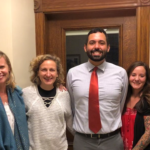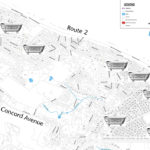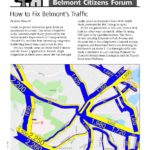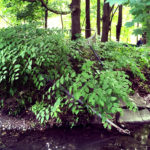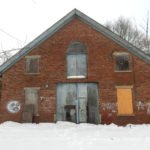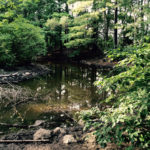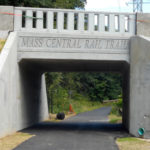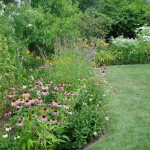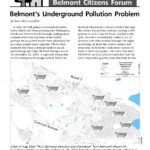
The November/December 2019 Belmont Citizens Forum Newsletter is now available as a PDF. Read individual articles below. Belmont’s Underground Pollution Problem By Anne-Marie Lambert If only the 504 gallons of household wastewater which had been pouring into Wellington Brook and Winn’s Brook through underground culverts every day had been more visible, perhaps we as a town would have addressed the necessary repairs more urgently. With our leaking sewage, however, we have deliberately spaced out the painstaking detective work needed to find the sources of household wastewater silently polluting our brooks over several years. Read more. Clay Pit Pond Progresses from [READ MORE]




